Homeowners guide to Planning & Building Warrant Applications
What is the difference between Planning & Building Warrant applications?
During nearly every new project enquiry part of the conversation goes along the lines of:
Homeowner: ‘We know we need Planning permission, so we’re looking for somebody to help us with the drawing and application process’
Us: ‘Likelihood is that, yes you’ll need an Architect to assist if you need Planning permission, however, you’ll also likely need a Building Warrant as well’
Homeowner: ‘Oh – What’s the difference? Does Planning permission not cover what I’m looking to do?’
Sound familiar? We understand that for many homeowners, this is their first time undertaking a construction project to their own home – so why would they know the difference between a Planning Application & Building Warrant Application?
The way we normally describe it, in it’s most basic form, is that the Planning application is focused on how the proposal ‘looks’ and the Building Warrant is focused on how the proposal is ‘built’. However, see below for a bit more information to help understand what each application is for, how much they’ll cost, how long they’ll take, and how an Architect can make the process as pain free as possible!
Firstly, Permitted Development..
First thing to note is that not every project requires full Planning permission. As a general rule, you don’t need Planning permission (but will still likely need a Building Warrant) if:
You’re only getting work done inside your house
The extension / external works fall within the parameters of Permitted Development (see here for more info on Permitted Development rights)
When works fall within Permitted Development rights, we will often still suggest submitting a Certificate of Lawfulness application. This is a less stringent application that gives you the peace of mind that your project is being built legally (your Architect can advise on this, as it varies from project to project).
To confuse matters further, whilst you might think you’ve met the criteria for Permitted Development:
Some residential areas have their Permitted Development rights removed, and a free Planning Application must still be submitted to approve the work
You may fall within a Conservation area or live in a Listed Building. In these cases, you will need to obtain Listed Building Consent or Conservation Area Consent through the Local Authority Planning department.
Again, your Architect, should advise on what application is required (as you might have gathered, it’s not always straight forward).
Planning Permission..
If your project requires Planning permission, this is the first form of Council approval that your Architect will submit an application for. So, what are the Planning department going to look for? They will want to ensure that:
Your proposal complies with local Planning guidance (again, this varies between Local Authorities)
Your proposal sits well in its context (especially if you are proposing a porch or side extension)
Your proposal isn’t dominating your existing house or plot
Appropriate external materials are being proposed (do they complement the existing house etc)
Your proposal isn’t going to cause any overshadowing / overlooking issues with neighbours
How much do the applications cost?
Planning permission (extension, outbuilding) – £300
Planning permission (new build house) - £600
Certificate of Lawfulness - £150
How long to get an approval through from the Local Authority?
Once your application is submitted, the Local Authority will issue a Validation letter. This will include a ‘determination date’ that is 8 weeks from the validation date. Generally, the Local Authority will do their best to meet this deadline. However, to keep timescales realistic, we normally advise client’s to allow for up to 12 weeks.
Building Warrant Applications:
Unlike a Planning application, Building Warrant Applications are almost always required. The Building Standards department is also very different to the Planning department within Local Authorities.
Building Standards assess whether your proposal meets the requirements of the Building Regulations. Which means your Architect will need to make sure your proposal covers everything from construction details and fire safety through to ventilation and drainage drawings (basically, a lot of additional of information on top of the information provided to Planning).
The main tell-tale sign that you need a Building Warrant is if you are proposing any structural alterations (removing a load bearing wall, making an opening in an external wall, proposing new wall/ floor / roof structures).
Further to the input of your Architect, you might also require a Structural Engineer to assist with the Building Warrant application. Generally, it is common practice for you Architect to liaise directly with the engineer on your behalf. As an indicator, on nearly every project we work on, we work alongside a Structural Engineer to prepare the structural design. (note – we’re planning another blog post in collaboration with a Structural Engineer to shed some light on this)
How much does the application cost?
Unlike Planning applications, Building Warrant fees are on a sliding scale based on the value of works
For example, a £40-50k project would be £639 (including a discount for providing certification from a Structural Engineer)
You can use the eDevelopment fee calculator to see how much application might be
How long to get an approval through from the Local Authority?
Similar to Planning applications, once your Building Warrant is submitted, a Validation letter will be issued by the Local Authority. Within this letter, they will advise that they will return any technical queries within 20 working days. Generally, once engineers information has been provided and technical queries have been responded to, an approval is received within 8-10 weeks.
In Summary..
Whilst the council approval process might seem daunting, your Architect should take care of these applications for you. At Abode we deal with all Structural Engineer and Local Authority liaison – and keep you up to date with the essentials (effect on timescales, and any further information we might require from you along the way).
It’s an Architect’s job to conduct a full desktop study of your project at the pre-design research stage, including exploration into what approvals are going to be needed, any additional surveys or consultants that Planning or Building Standards may require; and most importantly – how much it will cost for these approvals / consultants & surveys! This allows a clear picture to be created of your specific project opportunities & constraints (including budgetary, timescales, local Planning guidance, council approvals, site-specific analysis etc).
At Abode, we cover this essential step as part of our Needs & Options Feasibility Report. For more information, or to start the process, book in for a free Project Feasibility Call

